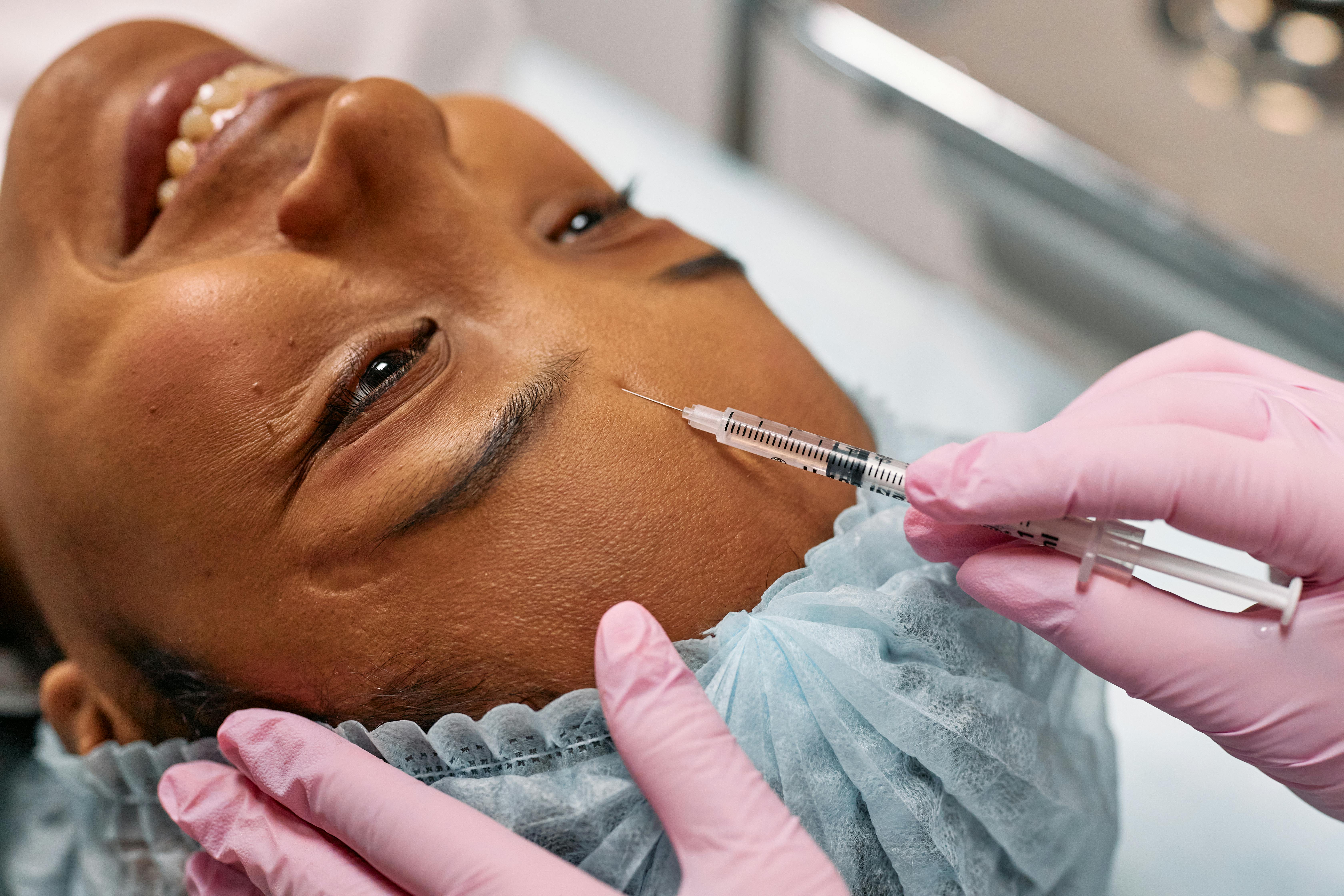Aesthetic Augmentations: Understanding the Art of Botox
Botox, a name that has become synonymous with the pursuit of youth and beauty, has been a game changer in the world of aesthetics and plastic surgery. Originally used in the medical field for treating muscle conditions, its application has grown exponentially since it was discovered to have cosmetic benefits. Botox has evolved into a popular, non-invasive procedure that can erase fine lines and wrinkles, restore a youthful glow, and even treat certain medical conditions. Yet, despite its popularity, Botox is often misunderstood. This article aims to demystify Botox, exploring its origins, its evolution, its current relevance, and its potential future trajectories.

The Medical Roots of Botox
Botox, or botulinum toxin, is a neurotoxic protein produced by the bacterium Clostridium botulinum. Discovered in the 19th century, it’s one of the most toxic substances known to man. Initially, it was used as a treatment for strabismus (crossed eyes) and blepharospasm (uncontrolled blinking). The cosmetic benefits were discovered serendipitously in 1987 when patients reported fewer wrinkles after treatment. This discovery prompted the medical community to investigate its potential aesthetic uses, culminating in its approval by the US FDA in 2002 for cosmetic application.
The Boom of Botox in Aesthetic Medicine
The approval of Botox for cosmetic use revolutionized aesthetic medicine. The procedure was quick, relatively painless, and required no downtime, making it an attractive alternative to more invasive procedures. Its popularity soared, and by 2006, Botox was the most common cosmetic operation, with over 4.6 million procedures performed in the United States alone.
Botox works by blocking nerve signals in the muscles where it is injected. This causes the muscle to relax, which in turn smooths out the skin above it, reducing the appearance of lines and wrinkles. It’s most commonly used on the forehead, between the eyebrows, and around the eyes, but it can also be used to treat a variety of medical conditions such as migraines, excessive sweating, and even overactive bladder.
The Cultural Impact and Reception of Botox
While Botox has undeniable benefits, it has not been without controversy. Cultural critics have argued that the widespread acceptance of Botox reflects a societal obsession with youth and beauty, and that it sets unrealistic beauty standards. Botox has also been criticized for its potential to erase individuality and expression, as overuse can result in a “frozen” look.
However, many individuals view Botox as a form of empowerment, a tool that allows them to take control of their appearance and combat the signs of aging. This perspective, coupled with the continued advancements in application techniques, has helped to normalize Botox and contribute to its enduring popularity.
The Evolution of Botox: Current Trends and Future Possibilities
The application of Botox has continued to evolve, with practitioners constantly developing new techniques to achieve natural-looking results. “Micro-Botox” or “Baby Botox,” which involves injecting smaller amounts of the toxin, has gained popularity for providing subtler results. There’s also a growing trend of younger individuals seeking preventative Botox to stave off the formation of wrinkles.
Looking ahead, the future of Botox appears promising. Research is being conducted to extend the duration of its effects, which currently last about three to six months. Additionally, studies are investigating its potential use in treating conditions like depression and anxiety, potentially expanding its relevance beyond the realm of aesthetics.
Decoding the Art of Botox
Botox, like all aesthetic procedures, is both a science and an art. It requires a deep understanding of facial anatomy, an appreciation for natural beauty, and a skilled hand to achieve optimal results. It’s not simply about erasing wrinkles, but enhancing one’s features while maintaining individuality and expression.
In conclusion, Botox has undeniably left an indelible mark on the field of aesthetic medicine. Its origins in the medical field, its evolution into a popular cosmetic treatment, and its potential future trajectories offer a fascinating glimpse into our ongoing quest for youth and beauty. Whether one views Botox as an empowering tool or a symptom of societal pressure, its impact and influence are undeniable. And as the field of aesthetic medicine continues to evolve, so too will our understanding and utilization of Botox.




